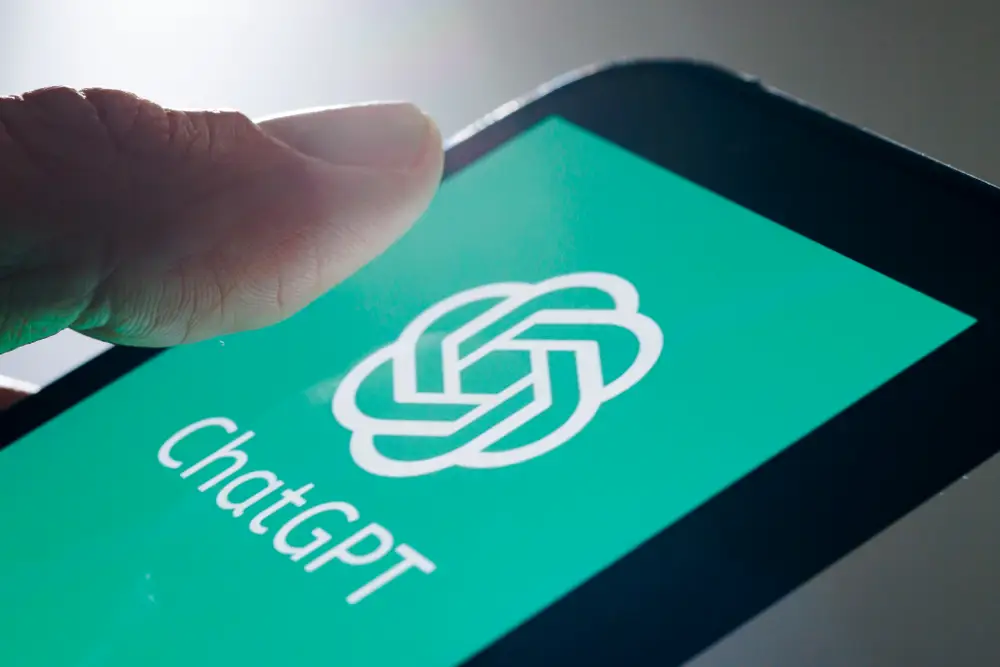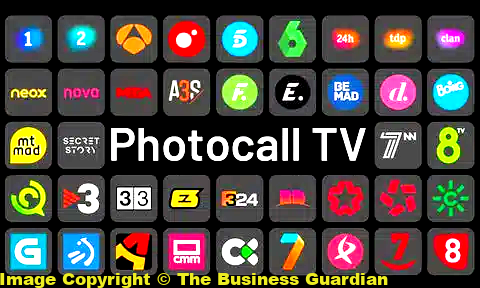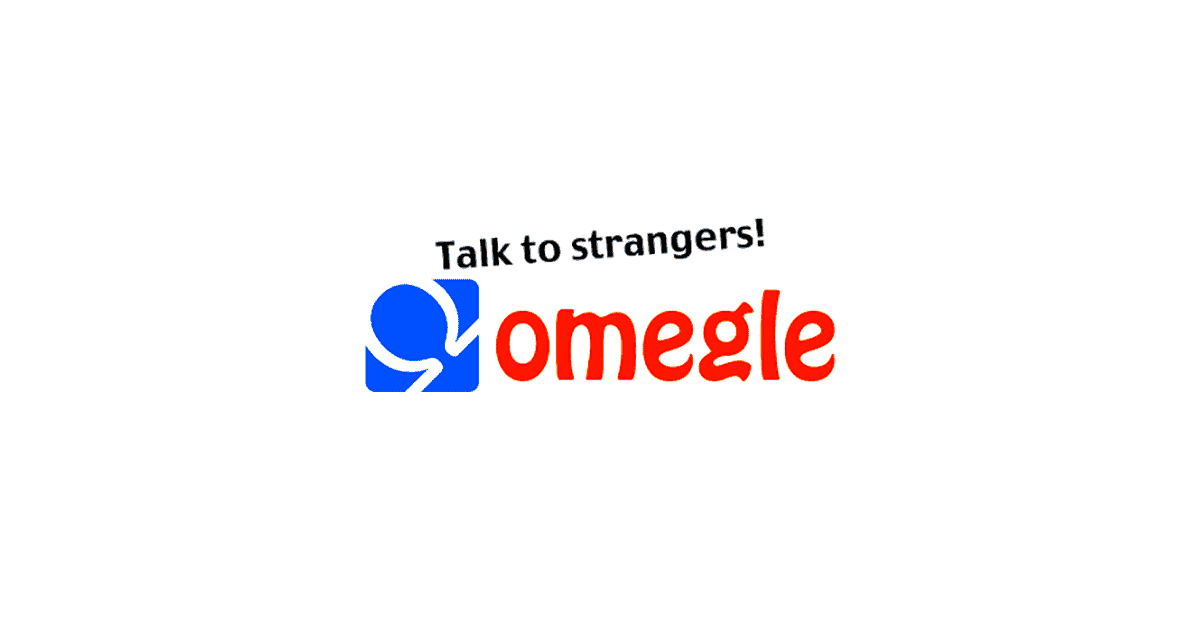T-Mobile is hands-down the most accessible home internet provider I’ve ever dealt with regarding billing and the “fine print” most carriers tack on. Price is what price is, billing is consistent, they let you know in advance of any changes, it’s unlimited, and there’s no contract.
I like the flexibility of being able to place the device anywhere in your house where you get good service, with the downside being that if service isn’t good in your area, then you are again faced with placement challenges.
The price was unbeatable, however… The actual service would be best explained as “better than nothing,” in my experience. Sure, it was an upgrade from the provider I came from, but barely. Of course, the best signal I could get in my home was only three bars.
Detailed version
Why I tried T-Mobile 5G Home Internet
When I jumped ship to T-Mobile, I was unsure how well it would work out. But I could no longer take my then-current provider, CenturyLink. CenturyLink was consistently inconsistent in its billing. I was on the phone with them almost every time I got a bill, despite the $55 “Price for life” I was paying.
And to add insult to injury, I was working from home on my VPN and had to reboot my modem hourly because I was using CenturyLink, I guess. So, every hour on the dot, I’d have to restart my modem, let it boot back up, and reconnect to the VPN. There had to be a better option, right?
Not really. When my wife and I bought our first home in the Phoenix metro, I immediately jumped at the opportunity to call a different provider because the current one was turning into a pain in the ass.
But we only had one other choice: Cox. Cox told me that they would have to run a line across the street and needed a permit to do that, and it could take 2–3 months. It was a little bit like we live in some remote area and not a 300,000-person suburb of the 5th largest city in the US.
This time around, I was working from home, and I couldn’t afford to wait that long. Well, desperate, I sought the internet for alternatives. The options that were coming up were satellite internet (yes, that satellite, as Starlink wasn’t a thing yet) and T-Mobile. Of course, there was only one decision that made sense. So I called The Uncarrier.
The (lack of) fine print
The most prominent appeal of the T-Mobile 5G Home Internet is not the price itself, which was $50 for me until the auto-pay discount using a credit card went away and it became $55. It’s still $50 if you use a debit card, and it’s $30 with auto-pay for T-Mobile wireless customers on specific plans.
There was also the lack of chain-jerking that so many other carriers nickel-and-dime their customers on: No contract, no data cap, and throttling are not part of it—all the same, the network does deprioritize Home Internet for Mobile customers.
As a side benefit, I love Mint Mobile too, for the same reason: low-cost plans (as low as $15/month) with no contract and straightforward pricing.
I’ve been a Mint Mobile customer for more than five years and highly recommend it to people for whom low cost is the highest priority—you can check out their plans here.
The Order Process
Ordering them was a little annoying at the time since they were so in demand with the new 5G gateways (in 2021) I had to call and couldn’t order online. The sales rep told me that getting a 5G gateway was going to be a hard sell for me, with 5G not being in my area yet.
Yeah, yeah, according to it, a mobile device automatically picks up the next lowest band… but whatever. I did know the 5G devices were in short supply anyway so I was okay, to begin with the old 4G gateway – I was desperate to get away from CenturyLink – who, yes, tried to sell me additional things – while I told them all the reasons I was canceling.
The gateway was shipped with its own phone number, which makes a lot of sense since it’s a mobile device, but it wasn’t really noted. And they didn’t tell me it would, so the first time I called for service I was surprised to know that my real phone number was not the one associated with the account.
The Setup Process
Easy to set up: The 4G device I had and the 5G device I had, but kind of. More on that later; it was battery-operated. So I walked with it around the house until I found the best possible signal, plugged it in, and then plugged it into my existing additional router, and just like that, I was online. This would be the step where you would grab the network name and password
if you don’t have your router apart from your ISP’s and connect from your phone, laptop, etc. Also, the T-Mobile internet app started giving me real directions to the best spot in my house now that I have finally allowed the location access because it aims to pull the location of the closest tower relative to you.
The network and device experience
I don’t remember now the download speeds were on the 4G Gateway from T-Mobile -wanting to say it was around 100-200Mbps. Upload speed was, I believe, around 30. This is an excellent time to talk about the upgrade to 5G and the current situation on that.
The sales rep said they would let me know when 5G devices were available, but they didn’t notify me. After about a year, I simply called and asked, and they sent me one—the Nokia “trash can” silver cylinder. I had to take the SIM card out of the 4G device and put it in the new one, return the old device to them, and be done. This would also be the process when I had the Nokia device replaced more than once.
An aside about the Nokia device — For this reason, I had previously noted, it was a comfort that the device came with a battery on board, necessary for a home security standpoint for someone running a Ring system or similar–if a burglar cuts your power, you’re still connected. But then, without explanation, T-Mobile issued a firmware update that turned off the battery.

The Home Internet application provided hardly any configuration for advanced network settings, and even logging into the gateway via a web browser could be seen to be scope-limited.
Regarding the network performance, downloading on the 5G gateway is surprisingly very fast: generally up to 400 Mbps when the speeds are good. I can’t remember the exact ping number, however. It was pretty high, possibly not ideal for gaming, but I don’t do any gaming.
For example, at my place, I could only ever get three bars of service, which was anywhere in my place, considering that I live in a massively colossal metro area: Phoenix. The highly volatile speeds that I received, often being a speed of 50 Mbps, were partly due, I think, to this.
It was also due to T-Mobile’s deprioritizing of its Home Internet customers in favor of Mobile customers, as heavily documented on T-Mobile forums and Reddit.
About the VPN / work-from-home experience…
A quick note about trying to use VPN for work—think Cisco AnyConnect or similar—on T-Mobile 5G Home Internet: It just doesn’t work well. I got mine to connect but barely, and the speed when connected to the VPN was horrible.
At the same time, when connected to the same VPN, away from my home, there was no problem. And my work’s IT insisted it was my ISP’s fault, and T-Mobile insisted it was my work’s fault. Not worth it. If you work from home on a significant VPN application, keep looking.
The reason I canceled T-Mobile 5G Home Internet
First, the VPN problem was only compounded by the fact that my internet connection started reasonably fast and got slower as the day went on. I wound up changing jobs, and the new employer doesn’t use VPN much as they use other security protocols, so the problem was somewhat better becase I wasn’t dealing with the slow T-Mobile x VPN issue.
However, the new employer wants cameras on in every meeting – and there are many meetings.
I have two screenshots of my manager saying “Every day, literally every day, it’s like your video and audio quality gets progressively worse as the day goes on.” One was taken a week she also commented that other coworkers:
“Are you using AOL or what?”
“You look like an 8-bit video game character!” This all came after I had been sent my third Nokia “trashcan” cylinder, each a replacement for the same reason. T-Mobile has, at last count, at least as far as my previous count, gone through three vendors with its 5G gateway as though they were all hunting for some secret sauce—but it never offered to replace mine with a different model. And even if they had, the VPN issue would have persisted.
All those comments from coworkers in the same week were the last straw—I called Cox and went through their delays, during which they laid a brand new line, which equals fast speeds; I kept T-Mobile long enough for the Cox install to complete and canceled T-Mobile.
The cancellation process
I have to say, T-Mobile 5G Home Internet was by far the easiest cancellation experience I’ve ever had. I called to cancel; the rep asked me why, and I explained I already started with another carrier and provided a quick overview of my problems. His response was, and I quote, “We respect your decision; let’s get that cancellation started.” No placing on long holds or transferring to supervisors. No employer-forced attempt to upsell to someone who is done; he simply canceled it.
The only downside to the entire cancellation experience was that I didn’t receive any evidence of the cancellation when I made my call. I called back and asked to be advised that my account was closing automatically at the end of my billing period. I wasn’t thrilled about that, but I guess it is ok.
The third day before my billing period ended, I received an email of cancellation stating that a return label was attached. This was probably my preferred method of returning since there is a UPS store close to my house. Still, in actuality, there was no return label attached to the email, so I just went to the nearest T-Mobile store, which happened to be across the street from the UPS—I just didn’t want to wait in line.
Turning the equipment into the store was super easy. Again, the rep didn’t ask questions or try to sell me on keeping the service. He just printed a confirmation that my service was already cancelled and a return confirmation. I was on my way.
At least this was a much better process than the above-detailed cancellation of CenturyLink and some other providers I’ve used, which aligns with T-Mobile’s reputation anyhow: straight-up on billing and account stuff.
TL;DR / Summary
T-Mobile offers simple and affordable home internet service. The speeds can get pretty fast, especially for the price, but for me, the speeds were spiking up and down. This may have been due to having only 3 bars at my home and also because T-Mobile prioritizes their cell phone users during network congestion. According to reports online, many users find Work VPN just plain incompatible in most cases with T-Mobile’s 5G Home Internet, even across devices.
The plan was priced at only $50 for non-T-Mobile wireless customers (only $30 if you already use T-Mobile for wireless), with no data cap and no contract.
I ultimately canceled T-Mobile 5G Home Internet because my speeds would get slower as the day progressed, requiring a gateway reset each day, only halfway through my workday, with this issue happening across three separate gateway devices.
FAQs
How was the performance of T-Mobile 5G Home Internet?
Keep in mind that individual experiences can vary based on location, network coverage, and other factors. Here are some key points:
- Speed and Latency:
- T-Mobile’s 5G network promises faster speeds compared to traditional 4G LTE. If you’re in an area with good 5G coverage, you can expect impressive download and upload speeds.
- Latency (the time it takes for data to travel between your device and the server) is generally lower on 5G networks, which is beneficial for real-time applications like video conferencing and online gaming.
- Coverage:
- Coverage varies significantly depending on your location. Urban areas tend to have better coverage, while rural or remote areas may have limited 5G availability.
- T-Mobile has been actively expanding its 5G network, so coverage is likely to improve over time.
- Placement Challenges:
- T-Mobile’s flexibility allows you to place the 5G gateway anywhere in your home where you get good service. This is a significant advantage.
- However, if your area doesn’t have strong 5G coverage, you might face placement challenges. The signal strength directly impacts the quality of your connection.
- Signal Strength:
- Some users report excellent signal strength indoors, while others find it lacking. Factors like building materials, distance from the cell tower, and obstacles (walls, trees) affect signal penetration.
- If you consistently get weak signals, consider relocating the gateway or using signal boosters.
- Reliability:
- Reliability varies based on your specific circumstances. Some users find T-Mobile’s 5G Home Internet reliable for everyday tasks, while others experience occasional outages.
- Remember that no network is perfect, and occasional hiccups can happen.
- Price and Billing:
- T-Mobile’s billing transparency is commendable. They notify you in advance of any changes, and there’s no fine print.
- The price is competitive, especially if you’re a T-Mobile wireless customer with auto-pay discounts.
- Overall Experience:
- Your experience may fall anywhere on the spectrum—from “better than nothing” to “fantastic.” It depends on your expectations, location, and usage patterns.
Remember that personal experiences can differ, so I recommend checking coverage maps, reading user reviews specific to your area, and considering a trial period to assess T-Mobile’s 5G Home Internet for yourself.
How does T-Mobile compare to other home internet providers?
T-Mobile 5G Home Internet with some other providers to see how it stacks up:
- Xfinity (Comcast):
- Pros:
- Faster speeds.
- Multiple plan options.
- Cons:
- Data caps.
- Term contracts.
- Extra fees.
- Xfinity offers a range of plans with speeds from 75Mbps to multigigabit speeds.
- Pros:
- Starlink:
- Pros:
- Wider coverage.
- Optional portability.
- Cons:
- Speeds can be inconsistent.
- Starlink provides impressive speeds but may not be as consistent as T-Mobile.
- Pros:
- Spectrum:
- Pros:
- Faster speeds (300 Mbps).
- Cons:
- Higher pricing compared to T-Mobile.
- Spectrum charges less than T-Mobile for faster speeds.
- Pros:
- DSL, Cable, and Fiber Providers:
- Pros:
- Faster max speeds (hardwired services).
- Cons:
- T-Mobile’s wireless speeds (up to 245 Mbps) may be lower.
- However, most customers don’t need speeds beyond 245 Mbps.
- Pros:
In summary, T-Mobile offers competitive speeds (often exceeding 200 Mbps) at an affordable price of $50/month with no contracts. It’s a great choice for streaming and everyday internet needs. Keep in mind that actual speeds may vary based on your location. If you prioritize flexibility and value, T-Mobile’s 5G Home Internet is worth considering!






































